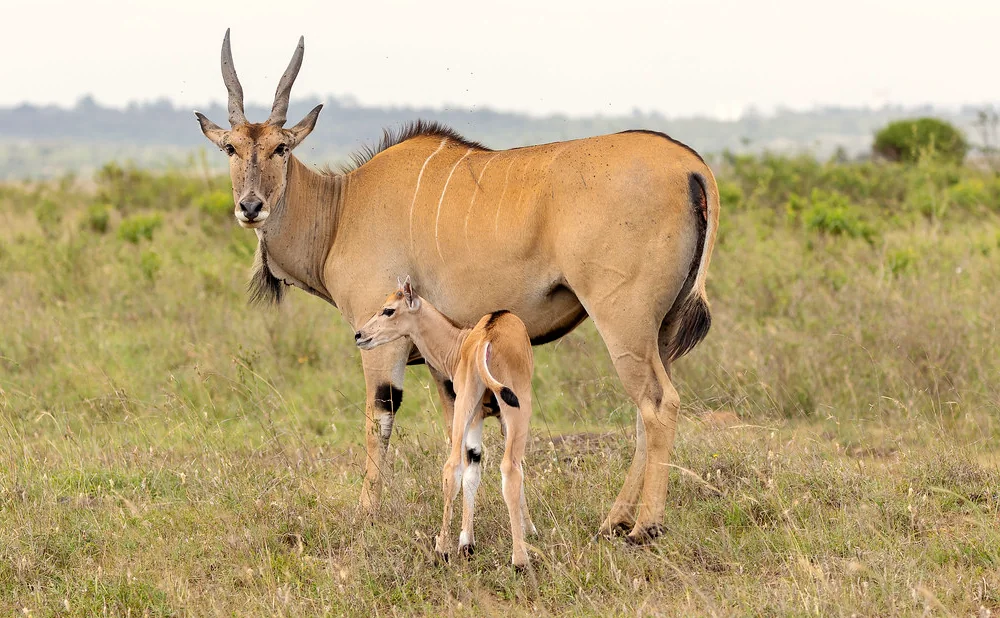Lake Manyara National Park

Lake Manyara National Park: A Jewel of the Great Rift Valley
Lake Manyara National Park is a small but diverse park located in northern Tanzania, nestled at the base of the Great Rift Valley escarpment. Covering approximately 330 square kilometers, the park is renowned for its stunning scenery, rich wildlife, and the large alkaline lake that covers nearly two-thirds of its area.
Key Highlights
1. Diverse Wildlife
Tree-Climbing Lions: One of the park’s most famous attractions is its tree-climbing lions. These lions are often seen lounging in acacia trees, a behavior that remains a subject of intrigue among visitors and researchers alike.
Elephants: The park is home to large herds of elephants, often seen moving through the forested areas. These gentle giants are a major draw for visitors.
Primates: Lake Manyara is home to several primate species, including olive baboons, vervet monkeys, and the rare blue monkeys. The park’s dense forests provide a perfect habitat for these creatures.
Other Animals: The park also hosts buffalo, giraffes, zebras, hippos, and a variety of antelope species, including impalas and dik-diks.
2. Birdlife
Flamingos: Lake Manyara is famous for its large flocks of pink flamingos, which can be seen feeding on the algae in the shallow waters of the lake. The sight of thousands of flamingos turning the lake pink is truly mesmerizing.
Other Birds: The park is a birdwatcher’s paradise, with over 400 species recorded. Notable species include pelicans, storks, cormorants, and the striking African fish eagle.
3. Scenic Beauty
Great Rift Valley Escarpment: The dramatic backdrop of the Rift Valley escarpment adds to the park’s scenic allure. The escarpment rises sharply above the park, offering breathtaking views of the surrounding landscape.
Lush Forests and Hot Springs: The park’s diverse landscapes include groundwater forests, open grasslands, and the hot springs known as Maji Moto. The groundwater forest, fed by underground springs, is a lush oasis that contrasts beautifully with the surrounding savannah.
4. Unique Ecosystems
Lake Manyara: The alkaline lake is the heart of the park, supporting a unique ecosystem of fish and providing a habitat for a wide range of bird species. The lake’s fluctuating water levels create a dynamic environment that attracts a variety of wildlife.
Groundwater Forest: This dense forest, fed by underground springs, is a haven for wildlife, including elephants, monkeys, and an array of bird species.
5. Cultural Experiences
Local Villages: Visitors can explore nearby villages to learn about the culture and traditions of the local people, particularly the Maasai and Iraqw communities. Cultural tours often include visits to markets, schools, and traditional homesteads.
Quick Facts
Size: Approximately 330 square kilometers.
Location: Northern Tanzania, near the town of Mto wa Mbu, and about 126 kilometers west of Arusha.
Best Time to Visit: The dry season (June to October) is ideal for wildlife viewing, while the wet season (November to May) is perfect for birdwatching and enjoying the lush landscapes.
Activities: Game drives, birdwatching, walking safaris, canoeing (when water levels permit), cultural tours, and night game drives.
Accessibility: Lake Manyara National Park is easily accessible by road from Arusha, and it is often included in itineraries with Serengeti, Ngorongoro Crater, and Tarangire National Park.
Lake Manyara National Park is a gem of the Great Rift Valley, offering visitors a unique blend of wildlife, birdlife, and breathtaking landscapes. Whether you’re marveling at tree-climbing lions, watching flamingos paint the lake pink, or exploring the lush forests, Lake Manyara provides a diverse and rewarding safari experience. Its proximity to other major parks makes it a perfect addition to any northern circuit safari in Tanzania.



